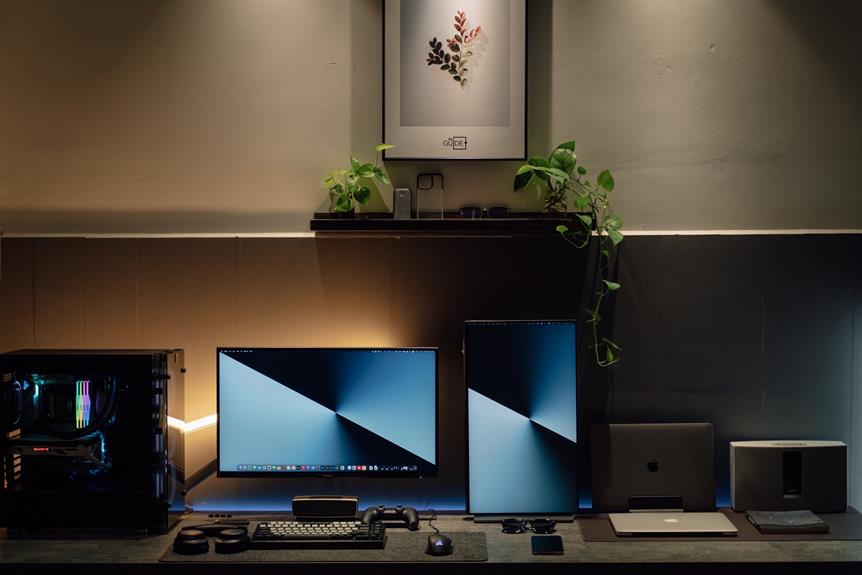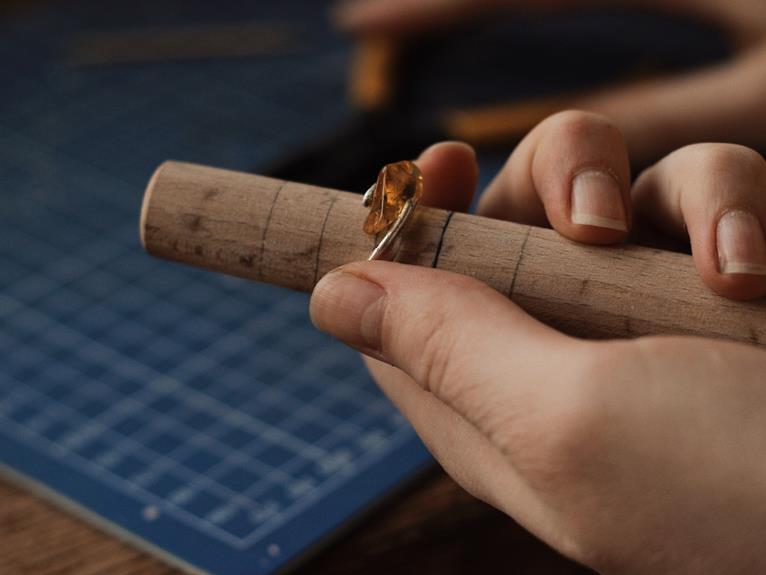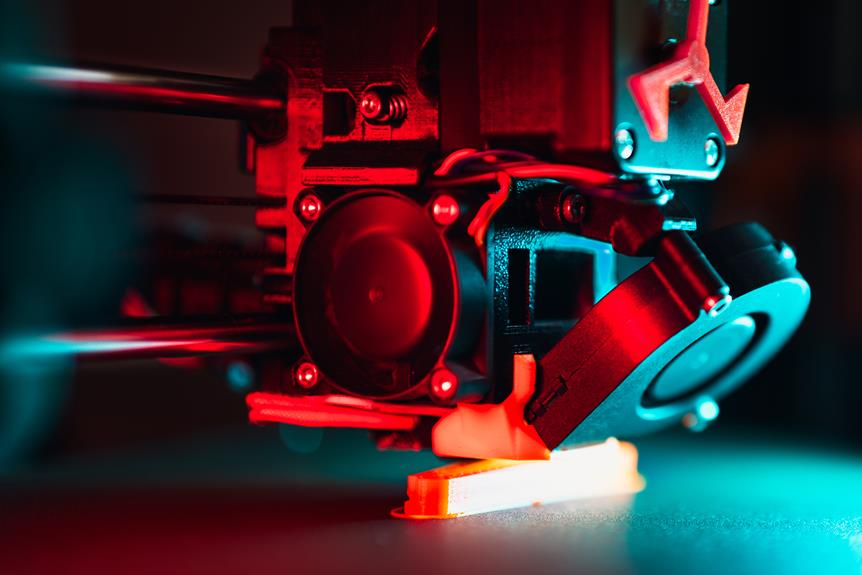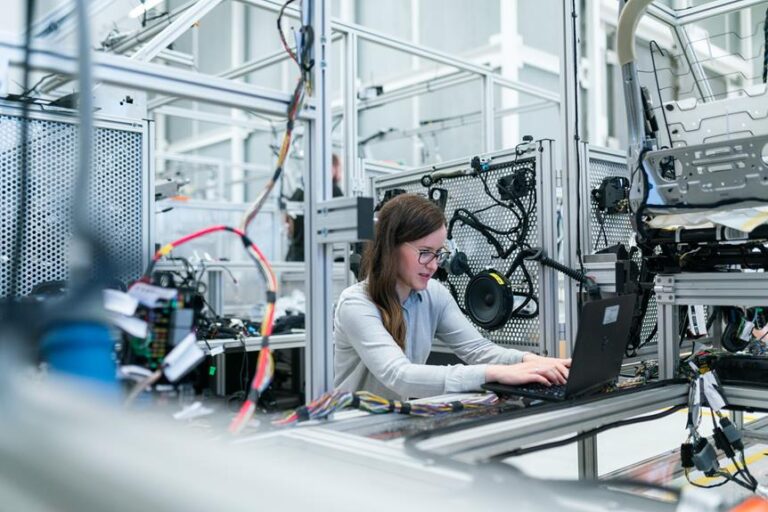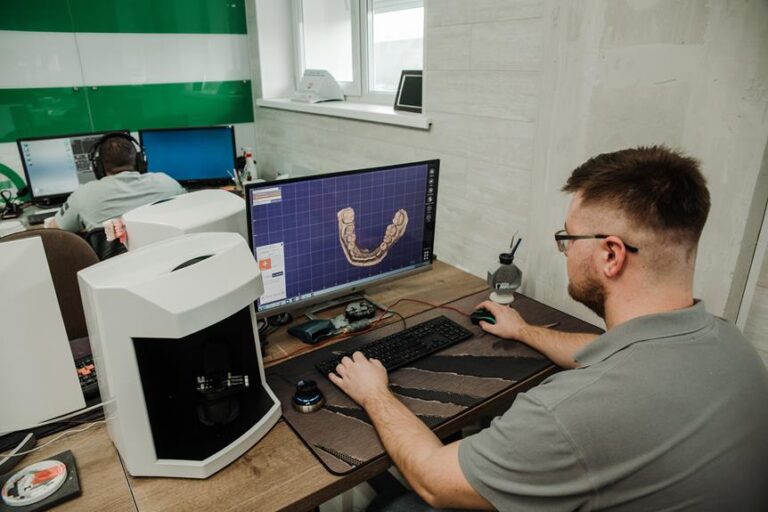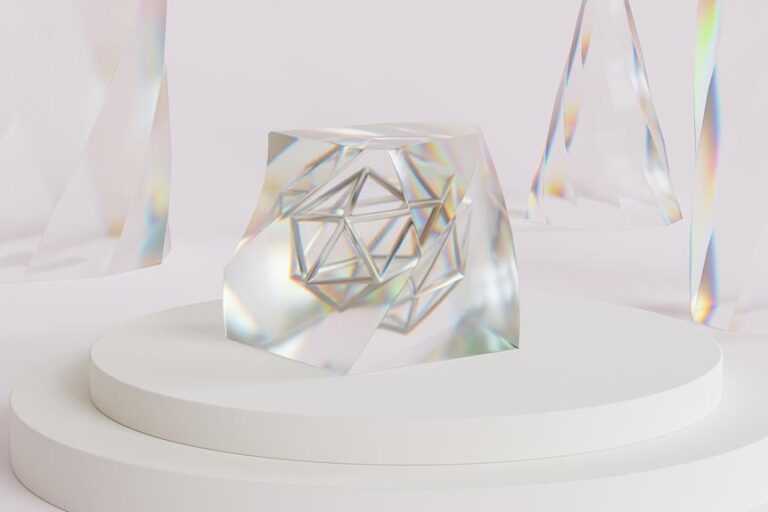Power Supply Units for 3D Printers: Ensuring Stable Operation
In the realm of 3D printing, the stability of a power supply unit is paramount to achieving flawless precision and uninterrupted operation. This article delves into the intricacies of power supply units for 3D printers, exploring critical factors to consider when selecting one, elucidating the significance of stable power supply, and offering insights into different types of units available.
Additionally, it provides guidance on determining power requirements, ensuring proper installation, and troubleshooting common power-related issues.
Embark on a journey to empower your 3D printing endeavors with reliable and efficient power supply units.
Key Takeaways
- Understanding the power requirements of your 3D printer is crucial.
- Invest in a reliable power supply unit to protect your printer.
- A stable power supply ensures consistent print quality.
- Different types of power supply units offer various advantages and features.
Key Factors to Consider When Choosing a Power Supply Unit for Your 3D Printer
One crucial aspect to take into account when selecting a power supply unit for your 3D printer is to carefully weigh the pros and cons of different voltage options. The power supply unit is responsible for providing the necessary electrical power to the printer, ensuring its stable and efficient operation.
When considering voltage options, it is important to understand the power requirements of your 3D printer. Different printers may have varying power needs, and choosing the right voltage can help optimize the performance of your machine. Additionally, it is crucial to consider the compatibility between the power supply unit and other accessories, such as filament dryers and storage solutions, as well as printer enclosures and noise reduction mechanisms.
A reliable power supply unit will not only ensure a consistent flow of power to your printer but also protect it from potential damage caused by voltage fluctuations or power surges. It is recommended to select a power supply unit that has built-in safety features, such as overcurrent protection and short-circuit protection, to safeguard your printer and other connected devices.
Understanding the Importance of Stable Power Supply for 3D Printing
A stable power supply is essential for optimal 3D printing performance and reliability. 3D printers require a consistent and uninterrupted flow of power to ensure accurate and precise printing results.
Here are three key reasons why a stable power supply is crucial for 3D printing:
- Preventing Print Failures: Fluctuations in power supply can cause the printer to stop or malfunction, resulting in print failures. Sudden power surges or drops can disrupt the printing process, leading to wasted time, material, and effort.
- Ensuring Consistent Print Quality: A stable power supply is necessary to maintain consistent heat levels in the printer's extruder and heated bed. Any variations in temperature can affect the printing process, leading to inconsistencies in layer adhesion, warping, or even failed prints.
- Protecting the Printer and Electronics: Unstable power supply can damage the 3D printer's components, including the control board, motors, and sensors. This can result in costly repairs or even render the printer unusable.
To ensure a stable power supply for your 3D printer, it is recommended to use a high-quality power supply unit (PSU) that matches the printer's power requirements. Investing in a reliable PSU with features such as voltage regulation, surge protection, and thermal protection can help safeguard your printer and enhance its overall performance and longevity.
Exploring Different Types of Power Supply Units for 3D Printers
Various types of power supply units are available for 3D printers, offering different features and capabilities to ensure stable operation and optimal printing performance. Choosing the right power supply unit is crucial for a successful 3D printing experience. Here, we will explore some of the most common types of power supply units used in 3D printers.
| Type | Description | Pros | Cons |
|---|---|---|---|
| Factor | Power Requirement | ||
| Printer Type | Moderate | ||
| Build Volume | High | ||
| Number of Extruders | Moderate | ||
| Printing Speed | High |
Different printer types have varying power needs. For example, larger printers with a bigger build volume require more power to operate. Similarly, printers with multiple extruders will have higher power requirements compared to those with a single extruder. Additionally, printing speed can also affect power needs, as higher printing speeds may require more power to maintain stability. By considering these factors, you can accurately determine the power requirements of your 3D printer and ensure a stable and efficient printing process.
Importance of Stable Operation
Considering the power requirements of your 3D printer and ensuring stable operation is crucial for achieving optimal printing results. A stable power supply is essential to prevent issues such as print failures, filament jams, or overheating of components. To determine the power requirements of your 3D printer, you should consider factors such as the type of printer, the number and type of extruders, the size of the heated bed, and the maximum temperature settings.
To achieve stable operation, it is important to:
- Choose a power supply unit (PSU) with adequate wattage to handle the power demands of your printer.
- Ensure the PSU has a stable output voltage, as fluctuations can lead to print quality issues.
- Consider a PSU with built-in protection mechanisms, such as overvoltage and short circuit protection, to safeguard both the printer and the operator.
By understanding and meeting the power requirements of your 3D printer, you can ensure stable operation and enhance the overall printing experience.
In the next section, we will discuss tips for ensuring proper installation and wiring of your power supply unit.
Tips for Ensuring Proper Installation and Wiring of Your Power Supply Unit
Proper installation and wiring of your power supply unit is crucial for the reliable and efficient operation of your 3D printer. When setting up your power supply unit, there are a few key tips to keep in mind.
Firstly, ensure that you choose a power supply unit that is compatible with your 3D printer's voltage requirement. Check the specifications of both your printer and the power supply unit to ensure they match. Using an incompatible power supply unit can lead to various issues, including overheating or even damage to your printer.
Secondly, pay close attention to the wiring connections. Make sure all the wires are properly connected and securely fastened. Loose or incorrectly connected wires can result in intermittent power supply or even electrical shorts, which can be hazardous for both your printer and yourself.
Additionally, it is important to route the wires in a way that avoids any potential interference or tangling. This will help prevent any accidental disconnections or damage to the wires during printing.
By following these tips, you can ensure a safe and reliable power supply for your 3D printer. Proper installation and wiring will minimize the risk of power-related issues and ensure smooth operation.
Now, let's move on to the next section where we will discuss troubleshooting common power-related issues in 3D printing.
Troubleshooting Common Power-related Issues in 3D Printing
Frequently encountered in the realm of 3D printing, power-related issues can present challenges that require troubleshooting to ensure the smooth operation of your printer. When faced with power-related problems, it is important to identify the root cause and implement the appropriate solutions.
Here are three common power-related issues in 3D printing and their corresponding troubleshooting steps:
- Power fluctuations: Fluctuations in power supply can lead to print failures or inconsistent print quality. To address this issue, consider using a voltage regulator or a UPS (Uninterruptible Power Supply) to stabilize the power input. Additionally, check the wiring connections and ensure they are secure and properly insulated.
- Overheating power supply: If your power supply unit gets too hot, it can affect the overall performance of your printer. Make sure the power supply is located in a well-ventilated area and not obstructed by other objects. Consider adding additional cooling mechanisms such as fans or heat sinks to dissipate the heat more effectively.
- Power supply failure: In some cases, the power supply unit may fail completely, resulting in the printer not turning on or experiencing intermittent power loss. To address this issue, check the power cables for any damage or loose connections. If necessary, replace the power supply unit with a new one that meets the required specifications for your 3D printer.
Frequently Asked Questions
Can I Use Any Power Supply Unit for My 3D Printer?
No, not all power supply units are suitable for 3D printers. It is important to use a power supply unit that can provide the necessary voltage and current, as well as stable and reliable power to ensure the proper operation of the printer.
How Do I Know if My 3D Printer's Power Supply Unit Is Stable?
To ensure stability of a 3D printer's power supply unit, one must consider factors such as voltage regulation, current capacity, and protection features. Regular monitoring and testing can help identify any issues and prevent potential damage to the printer or its components.
What Are the Potential Risks of Using an Unstable Power Supply Unit for My 3D Printer?
Using an unstable power supply unit for a 3D printer can lead to various risks. These include inconsistent voltage, overheating, damage to the printer's components, poor print quality, and even potential fire hazards.
Are There Any Safety Precautions I Should Take When Installing and Wiring a Power Supply Unit for My 3D Printer?
When installing and wiring a power supply unit for a 3D printer, it is crucial to prioritize safety precautions. This includes ensuring proper grounding, using appropriate wire gauges, and avoiding overloading the power supply to maintain stable operation.
What Should I Do if My 3D Printer's Power Supply Unit Is Causing Issues With the Print Quality?
If your 3D printer's power supply unit is affecting print quality, there are several steps you can take. These include checking for loose connections, ensuring the power supply is appropriate for your printer, and considering upgrading to a higher-quality unit if necessary.
Conclusion
In conclusion, selecting the right power supply unit for your 3D printer is crucial for ensuring stable and efficient operation.
Understanding the importance of stable power supply, exploring different types of units, determining power requirements, and following proper installation and wiring techniques are key factors to consider.
By addressing these aspects and troubleshooting common power-related issues, users can enhance their 3D printing experience and achieve optimal results.
The power supply unit acts as the life force of the 3D printer, supplying the necessary energy to bring creations to life.

